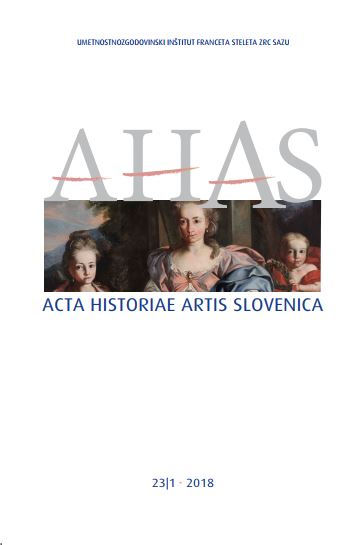Oto Bihalji-Merin and the Concept of the “Naïve” in the 1950s. Bridging Socialist Realism and Non-Figurative Art
DOI:
https://doi.org/10.3986/ahas.v23i1.7322Keywords:
Bihalji-Merin, naïve, primitive, socialist realism, non-figurative art, abstraction, Third Way, Expo 58, Non-Aligned Movement, YugoslaviaAbstract
Yugoslav writer, art critic and curator Oto Bihalji-Merin (1904–1993) lived in Berlin during the 1920s, where he joined the German Communist Party and published literary critique in the left-wing press. Born into a Jewish family, he moved to Czechoslovakia, France, Switzerland, and Spain after the rise of the Nazi regime. In this period, he established close contact with left-wing intellectuals from all over Europe. During the Second World War, he was imprisoned as a Yugoslav soldier by the Germans. After the war, he became the most important cultural theorist and administrator in Tito’s Yugoslavia. After Tito’s break with Stalin, he promoted the concept of naïve folk art as an authentic, primordial expression of proletarian and peasant creativity. His doctrine, destined to bridge the gap between socialist realism and Western non-figurative art, was inspired by Miroslav Krleža’s cultural theory of the Third Way and by the non-aligned movement.
Downloads
Downloads
Published
How to Cite
Issue
Section
License
Authors guarantee that the work is their own original creation and does not infringe any statutory or common-law copyright or any proprietary right of any third party. In case of claims by third parties, authors commit their self to defend the interests of the publisher, and shall cover any potential costs.
More in: Submission chapter




